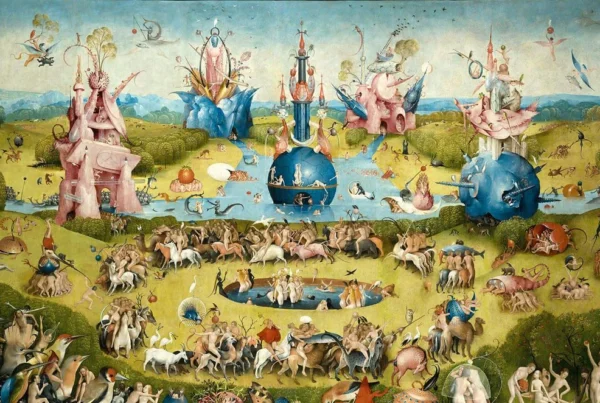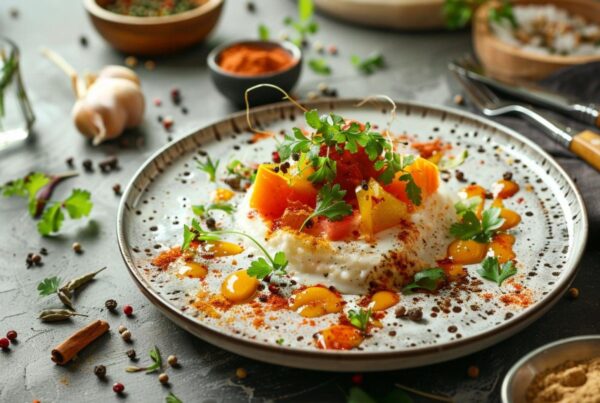In grade school, I loved to observe the behaviors of my classmates as the teacher played a Planet Earth tape of a lion chasing a helpless herd of zebras. Some were enthralled by the drama, while others were panicked as though they were the ones being chased. In the face of horror, feelings of repulsion and fascination often coexist.
Sites of war, genocide, and other historical tragedy have become increasingly popular sites of tourism. This type of tourism, commonly referred to as “dark tourism,” was coined in 1996 by Professors J. John Lennon and Malcolm Foley to describe visits to sites at which tragedy once struck. Both Planet Earth and dark tourism demonstrate an enchantment with horror. This captivation compels us to fly to faraway lands, confronting history firsthand.
Ground Zero, Chernobyl, and Sarajevo all host memorials, museums, and other testaments to their tragic pasts. However, it is important to question the responsibility we bear as visitors. Engagement in dark tourism can be beneficial and foster empathy if used as a platform for listening to and honoring diverse histories.
In exploring the potential for dark tourism to foster empathy, French philosopher Emmanuel Levinas’ concept of an encounter with the “Other” is pertinent. According to Levinas, these encounters, with individuals who are suffering or vulnerable, demand that we demonstrate compassion and solidarity. This framework can inform the ethical responsibilities that come with dark tourism. Within this context, empathy and solidarity can refer to an openness towards various historical narratives and an internal embrace of collective remembrance.
The practice of empathizing with individuals who suffered goes beyond understanding history’s weight and draws a connection with a stranger. Thus, dark tourism requires a recognition of a shared humanity that can create ties between two people who will never meet. Creating emotional bonds with Levinas’s Other, who has long passed on, is an important exercise in being human. This humanistic approach to dark tourism, in which each victim is valued as much as someone you’ve always known, allows us to feel the weight of history.
Further, an openness towards a multiplicity of narratives around an event can critically develop one’s understanding. Consider the example of withstanding perspectives on the Bosnian Genocide. This tragedy, occurring during the Bosnian War from 1992 to 1995, involved widespread atrocities perpetrated primarily by Serbian forces, including mass killings, ethnic cleansing, and systematic rape, targeting Bosniak Muslims primarily, but also Bosnian Croats and other non-Serb populations. The Croatian army was also involved in certain instances of violence. Three tour guides in Belgrade, Zagreb, and Sarajevo may recount divergent narratives that can shed light on an event and even a continuing lack of reconciliation.
Finally, it is important to recognize how our recognition of historical tragedies may obscure other histories and aspects of a place. A sole emphasis on these darker historical chapters risks overlooking the vibrant contributions and heritage that define these enduring communities. Thus, a nuanced approach to dark tourism recognizes the multitude of stories that imbue a place.
As social media have contributed to mass exposure to violence and tragedy, it becomes critical to avoid desensitization to human suffering. Embarking on a personal journey of sorrow and education pushes us to confront the true human costs of human-made conflicts.
Other posts that may interest you:
- The Trouble with ‘Ecocide’
- Carbon dioxide removal – hit or miss?
- Local Victories for Turkish Opposition — A Sign of Hope?
- Are France and Japan a Mismatch Made in Heaven?
- Cadavre Exquis : Goodbye stranger
Discover more from The Sundial Press
Subscribe to get the latest posts sent to your email.





